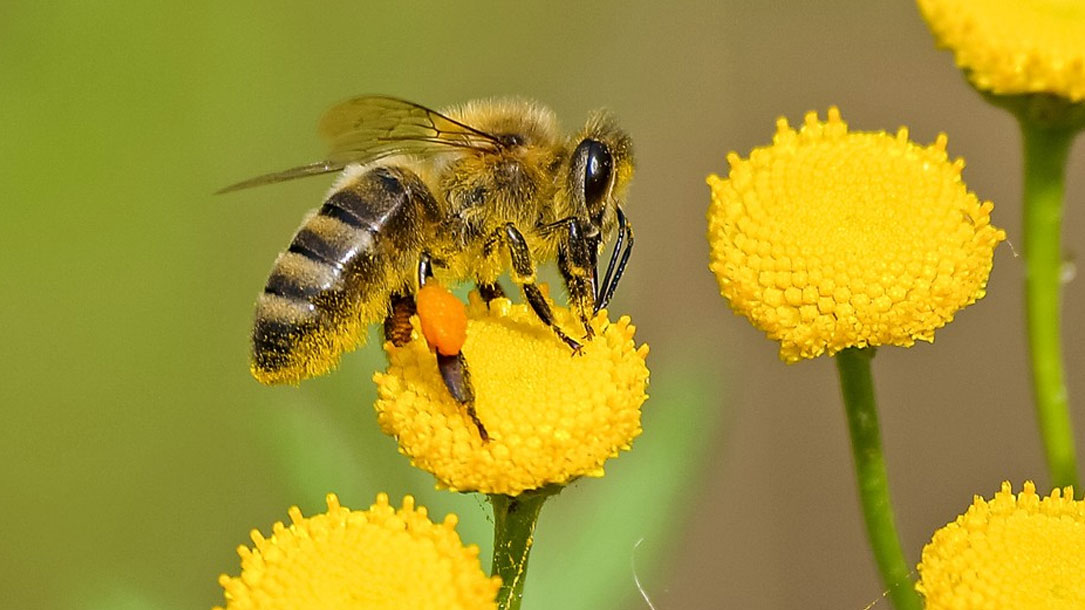
Trait-based filtering mediates the effects of realistic biodiversity losses on ecosystem functioning
We present multiyear results from a realistic biodiversity loss experiment, examining how two key ecosystem functions (productivity and invasion resistance) responded to randomized and realistic (drought-driven) species losses across years with high yearly climatic variation. We show that realistic low-diversity communities do not always have high functioning under the conditions that drove species loss, indicating a disconnect between functional response and effect traits.
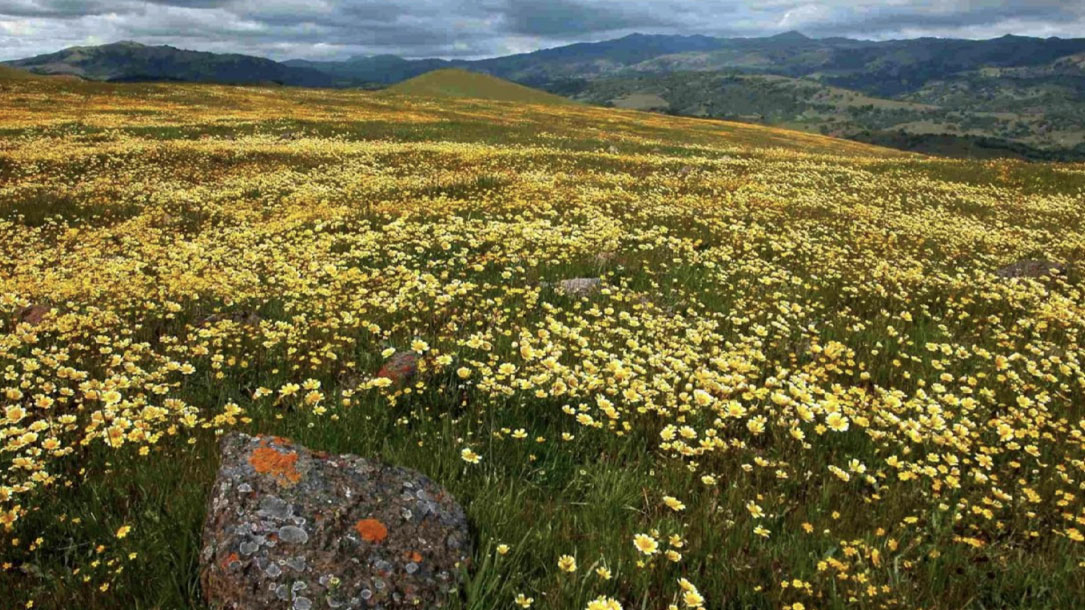
Study on climate change impacts on plants could lead to better conservation strategies
The loss of plant species that are especially vulnerable to climate change might lead to bigger problems than previous studies have suggested, according to a new study published in the journal Proceedings of the National Academy of Sciences. If confirmed, the findings can help inform conservation strategies and lead to more accurate predictions about what ecosystems will look like in the future.
Researchers are now working on a follow-up study to see whether the same results apply to other ecosystems.
“I think studies like this can help set conservation priorities and help us predict where things are headed,” Wolf said. “Species have important impacts within an ecosystem, and they have effects that we can quantify — and if some species are gone, ecosystems will change in a quantifiable way. Some of these changes might not be noticeable to most people, but many of these changes are likely to be consequential for humans.”

Farms under threat: the state of the States
American Farmland Trust’s new report used spatial mapping analyses of agricultural land conversion to provide unprecedented insights into the status and fate of American farmland. Our findings and maps of agricultural land at the state, county, and even sub-county levels show that between 2001 and 2016, 11 million acres of farmland and ranchland were converted to urban and highly developed land use (4.1 million acres) or low-density residential land use (nearly 7 million acres).
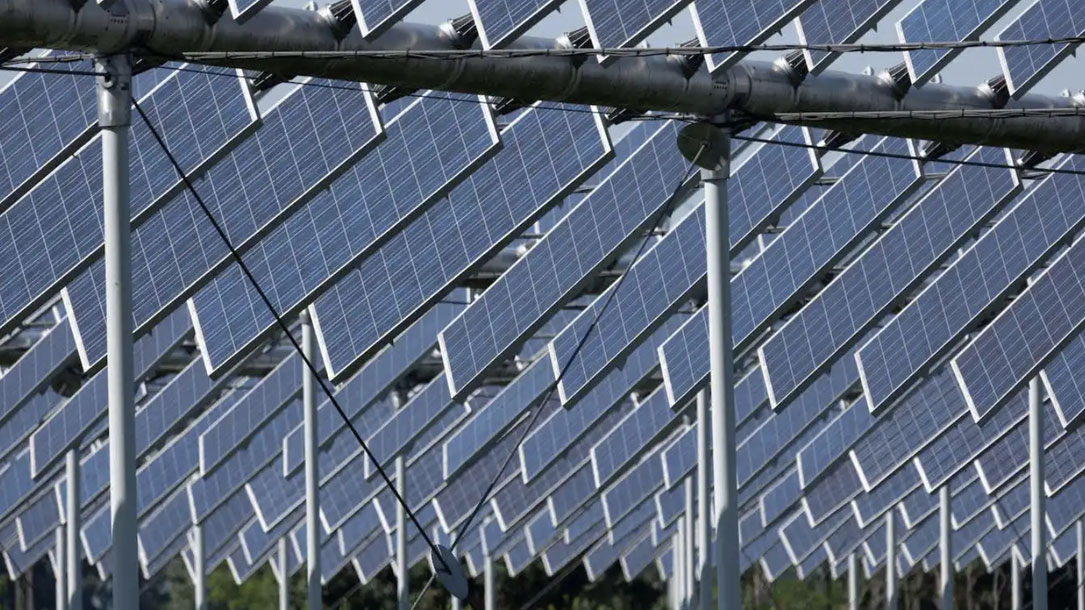
Growing plants — and providing solar energy
Access to fresh food is already a problem in many countries, and will likely get worse with more mouths to feed. This is where the concept of agrivoltaics could create a massive change. This farming setup mixes water, energy, and plant growth all in one space. Solar panels collect energy from the sun’s rays; underneath those panels is where the plants grow. The setup takes less water than the traditional way of farming, all-in-all creating a more sustainable way to grow food and create energy.
Joining Ira to talk about the promise of agrivoltaics is Dr. Chad Higgins, associate professor of biological and ecological engineering at Oregon State University, in Corvallis, Oregon.
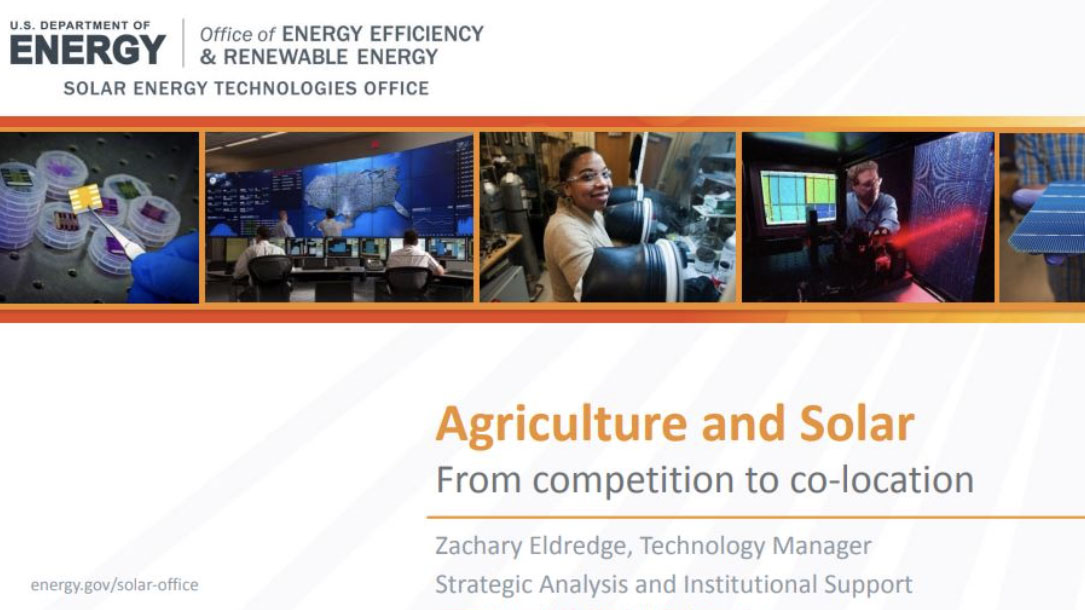
Federal agrivoltaics research and programs
In this webinar Zachary Eldredge with the US Department of Energy’s Solar Energy Technologies Office (SETO) discussed the government’s agrivoltaics programs and recent developments in agrivoltaics engineering.
You can listen to the webinar and download the slides. You might want to join American Solar Grazing Association ($75/year) to stay abreast of research and practices related to dual-use, grazing/crop solar.

The latest IPCC report: What is it and why does it matter?
The IPCC has released a new climate report, building on the findings of a previous report released in February. But what exactly is the IPCC? What do these reports mean, and how are they different from previous reports? Is our situation as grim as some of the news headlines make it sound?
We’ve prepared this guide to help you understand what these latest climate reports are, what their findings mean for our world and what we can do about them.

Climate change: a threat to human wellbeing and health of the planet
Human-induced climate change is causing dangerous and widespread disruption in nature and affecting the lives of billions of people around the world, despite efforts to reduce the risks. People and ecosystems least able to cope are being hardest hit, said scientists in the latest Intergovernmental Panel on Climate Change (IPCC) report, released today.
“This report is a dire warning about the consequences of inaction,” said Hoesung Lee, Chair of the IPCC. “It shows that climate change is a grave and mounting threat to our wellbeing and a healthy planet. Our actions today will shape how people adapt and nature responds to increasing climate risks.”
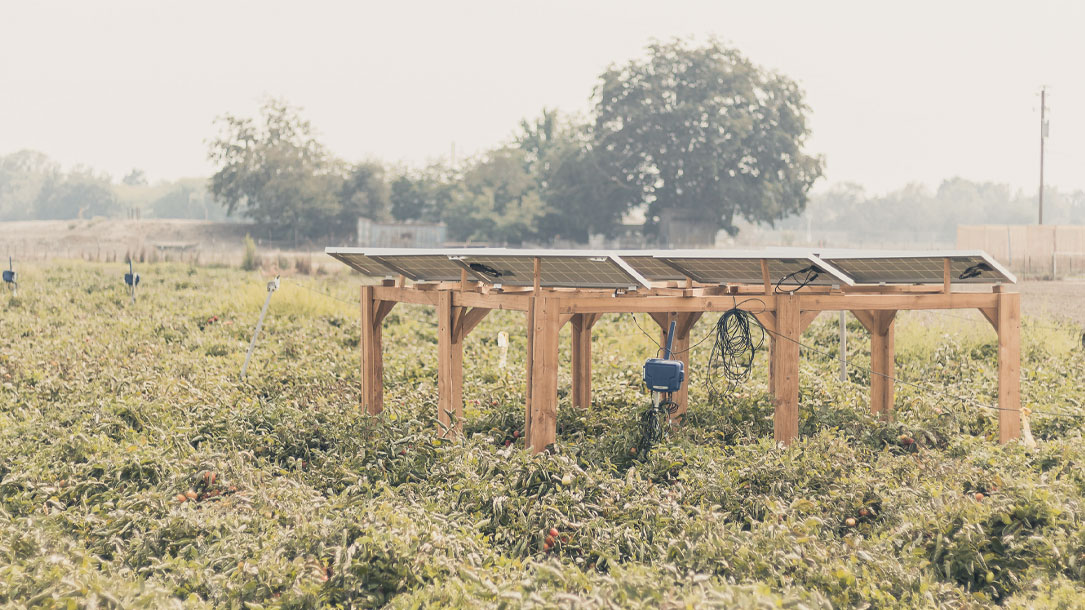
Feed people; power economies; foster peace with agrivoltaics
“Amidst the noise, haste, and chaos of modern life there are more positive developments for humanity than one might think. Everyone focuses on the disasters of the climate crisis, and while those do motivate our daily work, we also feel it’s important to highlight the hopeful – the very real innovations pushing our clean energy movement forward…”
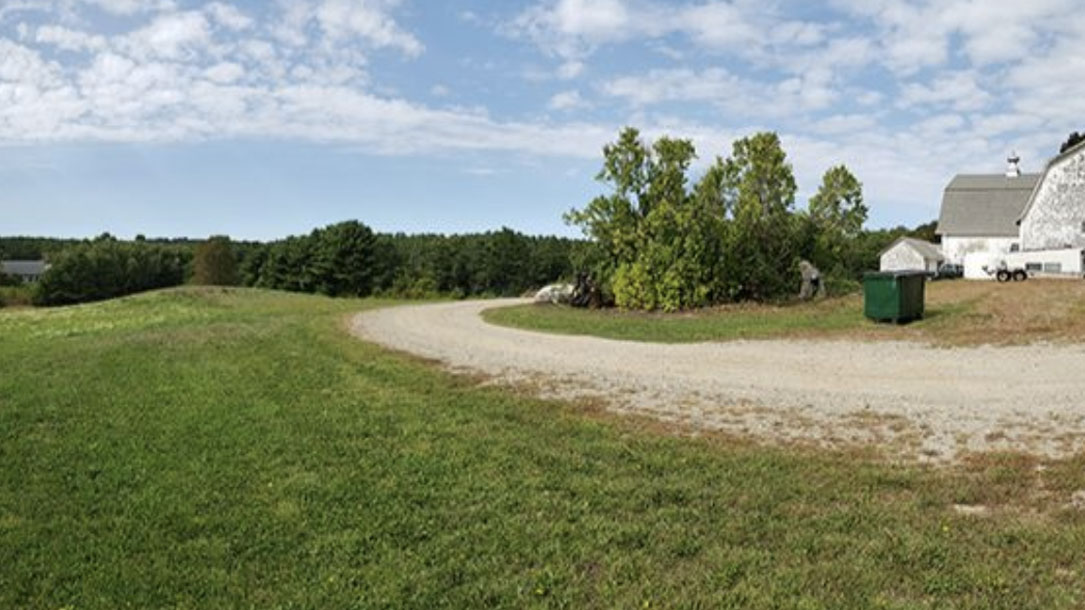
Land trust installs their own solar project
Coastal Rivers is working toward a goal of achieving carbon neutrality within the next five years. A major step toward this goal was to install energy-efficient heat pumps to heat and cool the renovated Denny Conservation & Education Center at Round Top Farm. The next step is to power those heat pumps — and the bulk of our electrical needs overall — with solar-generated energy.
We have a prime site for a solar installation at Round Top Farm in the southwest field below the large dirt parking lot by Darrows Barn. The slope aspect is ideal, and the topography limits visual impacts. We also have three-phase power to the site already, which will reduce construction costs…
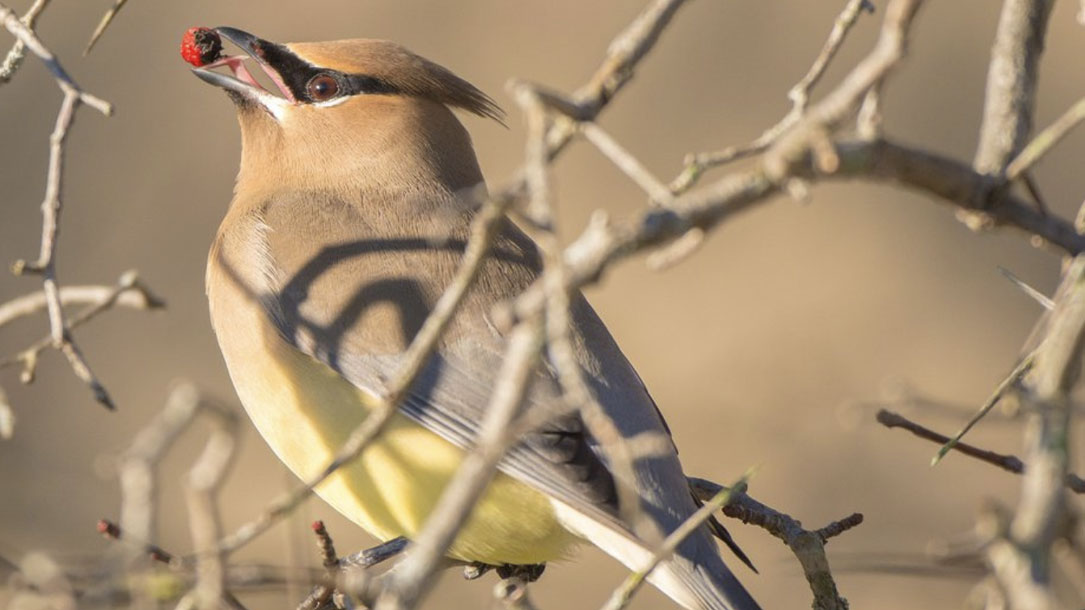
With fewer animals to move their seeds, plants are stuck in threatened habitats
Half of all plant species rely on animals to scatter their seeds through hitchhiking in scat, fur, or beaks. When animal populations decline, so does the ability plants have to disperse their seeds and adapt to climate change. Against the backdrop of a heating planet, species are shifting away from their historically-adapted climate conditions…
A study published this month in the journal Science found that 60 percent of all plants globally are already having trouble keeping up with climate change as seed-spreading species face major drops in population numbers…












